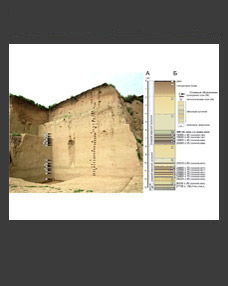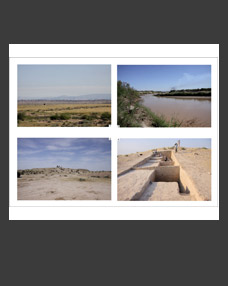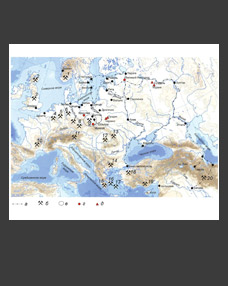Alexey Yu. Sergeeva,#, Anna N. Babenkoa,##, Dmitry A. Kupriyanova,###, and Dmitry S. Korobova,####
a Institute of Archaeology RAS, Moscow, Russia
#E-mail: alexarchbot@yandex.ru
## E-mail: mnemosina_a@mail.ru
###E-mail: dmitriykupriyanov1994@yandex.ru
####E-mail: dkorobov@mail.ru
Keywords: the Kievskoye fortified settlement, the North Caucasus, early Alans, archaeobotanical analysis, horse dung, winter keeping of horses.
Dung residues remaining in the occupational layer can carry unique information about the livestock keeping and feeding, the economic activities of the population, and natural conditions. The article discusses the results of a comprehensive archaeobotanical analysis of samples from burnt dung, which has preserved in the cultural layer of the Early Alanian Kievskoye fortified settlement of the 2nd–4th centuries AD (North Caucasus). The study of plant macro- (grains, seeds, chaff and charcoal) and micro-remains (spores, pollen and non-pollen palynomorphs) made it possible to establish the taphonomy and species attribution of manure (horse manure was preserved in situ after combustion), to determine the autumn-winter period of manure accumulation and the system of feeding horses in winter. The animals were kept at grass with extra forage feeding. In addition, the presence of cultivated cereals in the sample indicates the cultivation of millet, wheat and barley by the Early Alanian population in the vicinity of the settlement.
DOI: 10.31857/S0869606322040146







